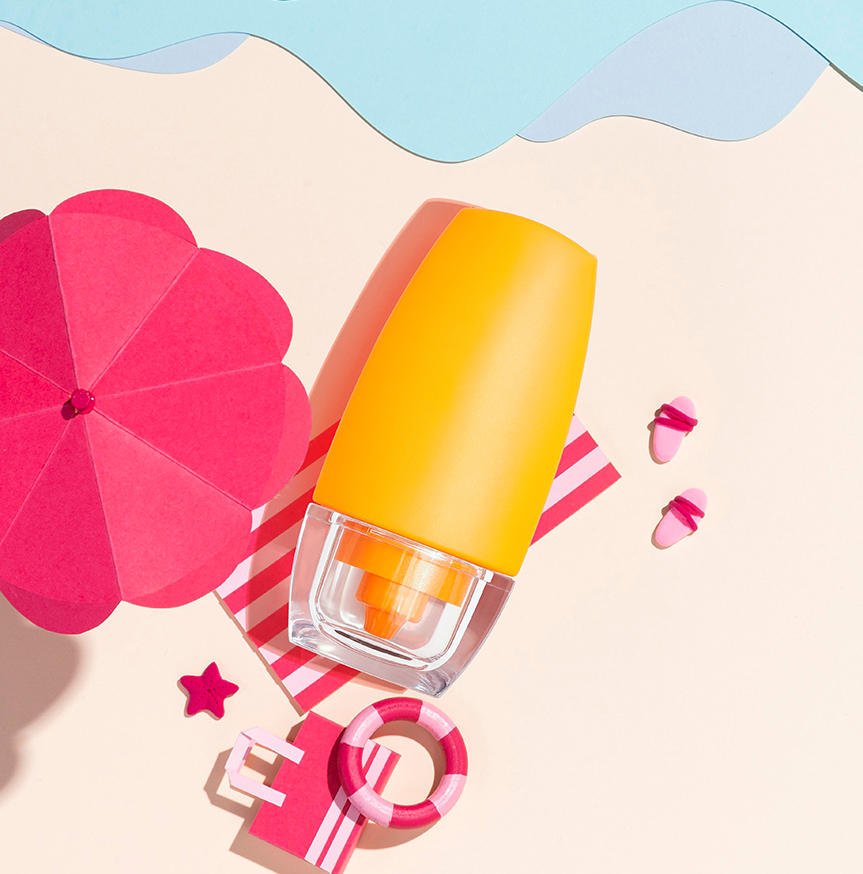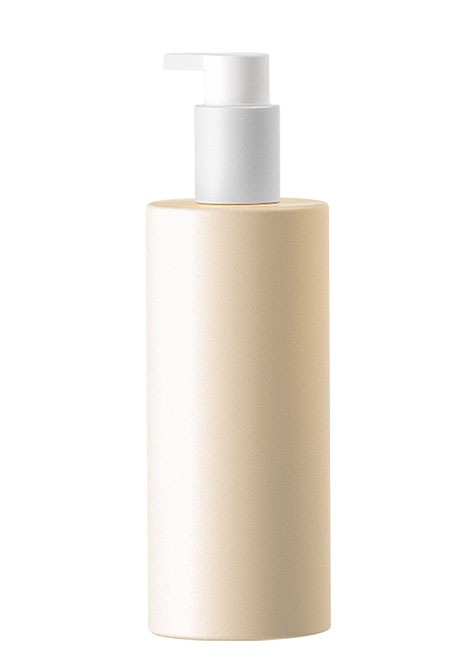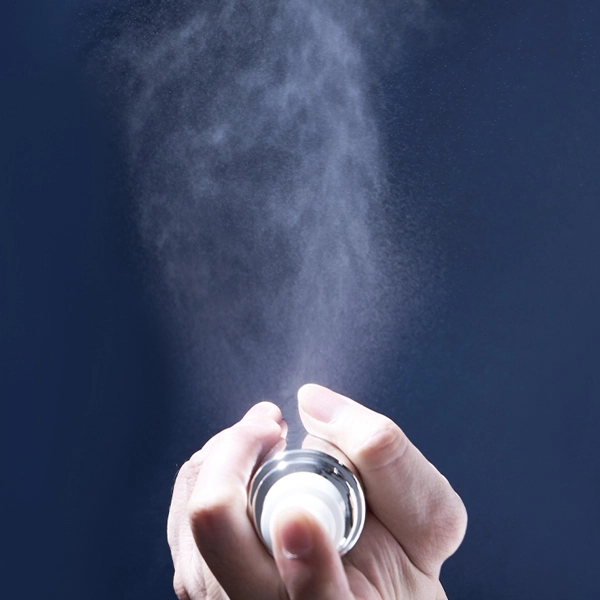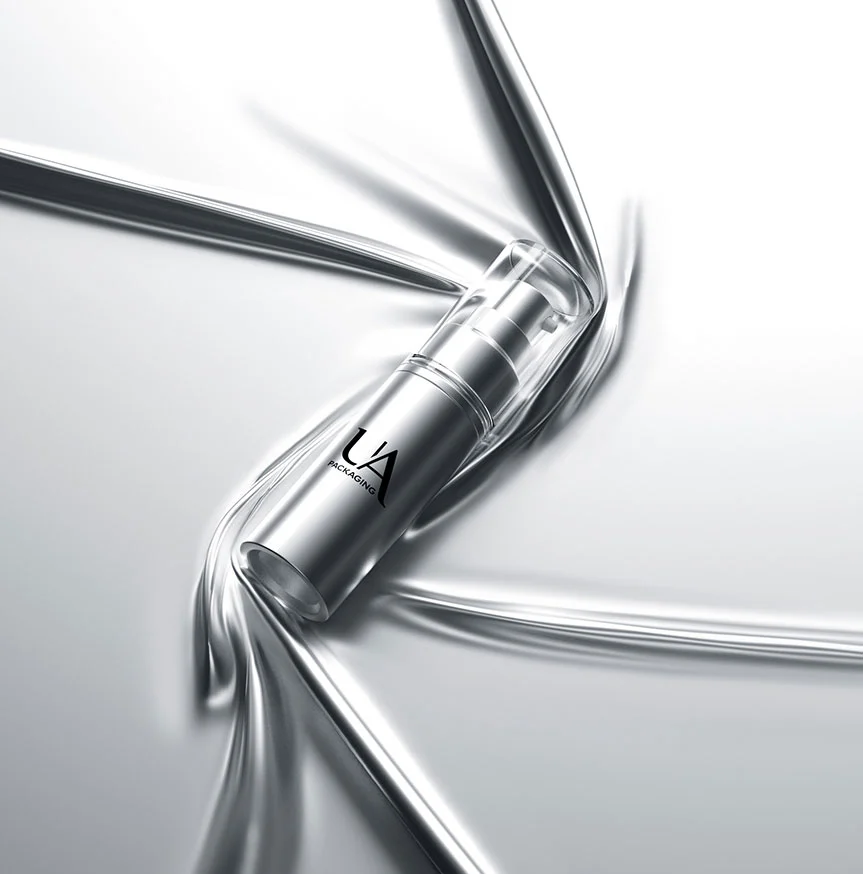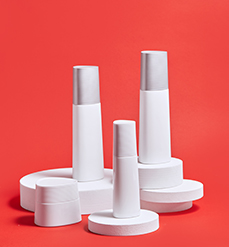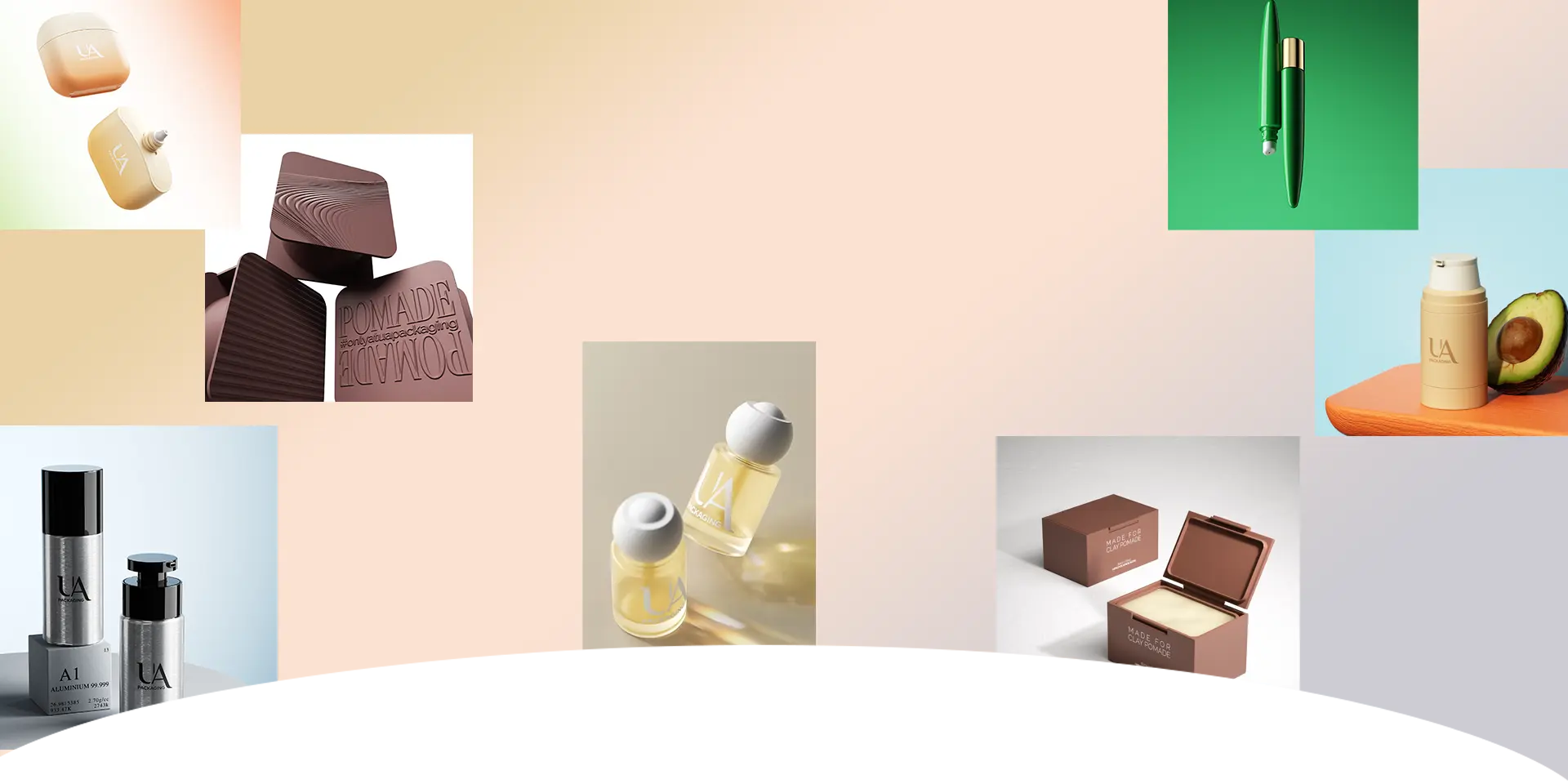In the field of cosmetic packaging, materials need not only to be aesthetically pleasing and functional but also to offer strong protection. Among these protective properties, good barrier performance is the most critical. Barrier properties effectively prevent external factors from affecting the contents, thereby extending the product's shelf life.
Why Do Cosmetic Packaging Need Barrier Properties?
Microscopic structures of polymer materials indicate that plastics are not "impermeable." Under high magnification, the surfaces of PE and PP materials show the presence of pores, indicating that plastic materials have some degree of permeability. Therefore, the barrier properties of these materials must be given special attention during the development of cosmetic packaging.
In the development process of cosmetic packaging, barrier properties are as important as sealing properties. Even if a product is well-sealed, if the packaging's barrier properties are neglected, the product's quality may still be affected. For example, creams or lotions may thicken or become unusable after being stored for a period. Additionally, some formulations contain volatile organic actives that can slowly permeate through the packaging material, leading to a deficiency in the active ingredients. Thus, when developing cosmetic packaging, it is crucial to consider the barrier functionality to ensure a good skin feel, preservation effectiveness, and an extended product shelf life.
Application of Barrier Materials in Cosmetic Packaging
Currently, the application of barrier materials in cosmetic packaging is in a growth phase. Common high-barrier materials used in domestic cosmetic packaging include aluminum foil, polyvinyl alcohol (PVA), ethylene-vinyl alcohol copolymer (EVOH), nylon (PA), and polyethylene terephthalate (PET). Aluminum foil, PVA, and EVOH are classified as high-barrier materials, while PA and PET have medium barrier properties.
For Tube Packaging Types of Cosmetics that Require High Barrier Properties
three common structures of barrier plastic tubes are used:
Aluminum-plastic composite tubes
Full-plastic barrier composite tubes
Five-layer structure co-extruded plastic tubes
For Film Packaging Types of Cosmetics
Common barrier films include co-extruded barrier films, laminate barrier films (dry laminates, solvent-free laminates, hot-melt adhesive laminates, extrusion laminates), and vapor-deposited barrier films (vacuum aluminum-coated, aluminum oxide-coated, silicon oxide-coated). The common structures used in cosmetic films are PET/AL/PE, PET/Al/CPP, PET/VMPET/PE, PET/EVOH/PE (three-layer composite bags), and PET/Al/PET/PE, PET/PE/AL/PE/CPP (multi-layer structures). These generally use aluminum foil, EVOH, and aluminum-coated PET as barrier layers. In practice, the selection of suitable barrier film structures should be based on a comprehensive consideration of barrier properties, heat sealability, tear resistance, and product cost.
For Enhanced PET Bottles:
Barrier properties using modified materials and new processes have also been reported, but PET bottles for cosmetics generally meet the current barrier requirements unless dealing with particularly sensitive formulations.
It is important to note that the barrier properties of the aforementioned cosmetic packaging primarily refer to the barriers against inorganic gases and water vapor. For formulations containing volatile small-molecule organics, actual conditions should be considered. Factors influencing permeability include not only the packaging material itself but also the structure, size of the small molecules, and interactions between small molecules and polymer materials. Understanding the volatile active ingredients in the cosmetic formulation and selecting several different barrier packaging options for barrier testing will ultimately help in choosing the most suitable packaging container.

 Contact Us
Contact Us (1).webp)

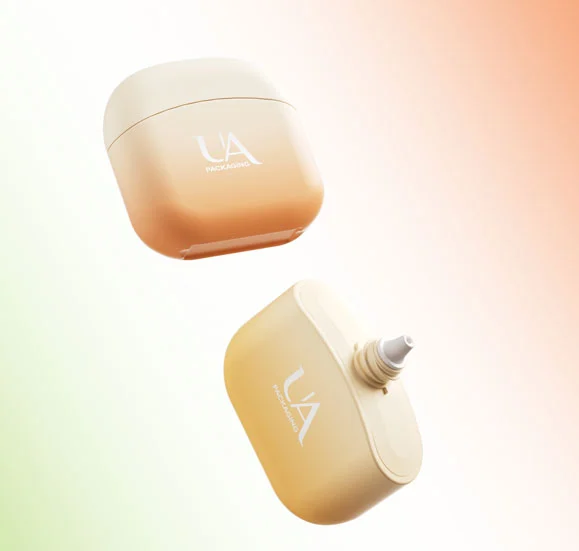
_20250428095135.webp)
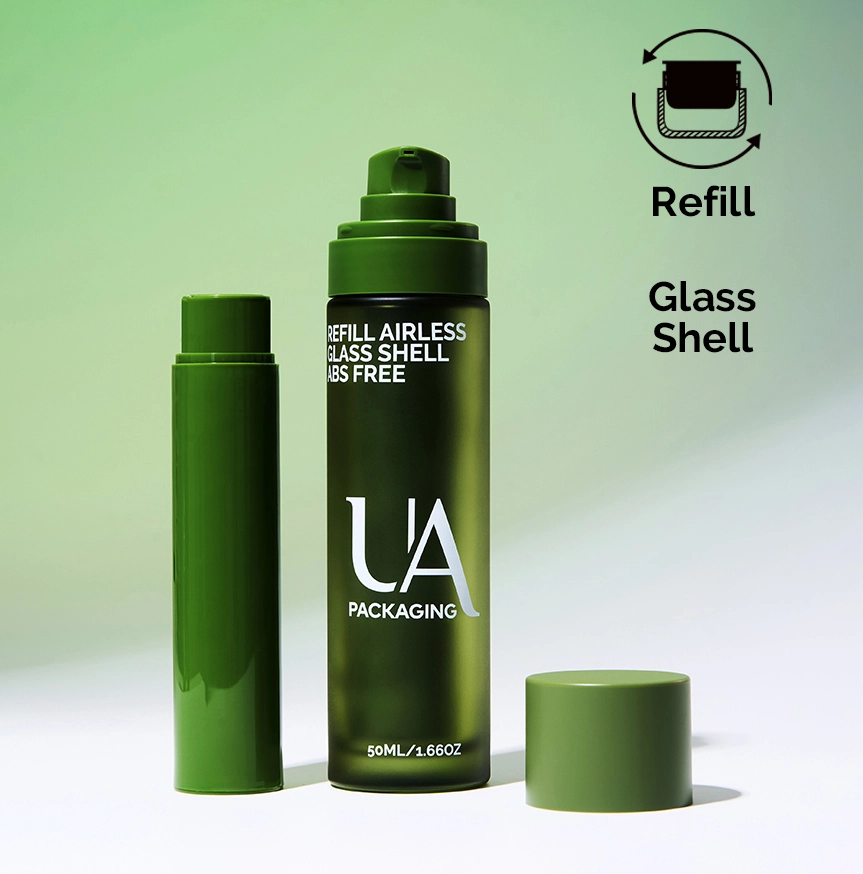
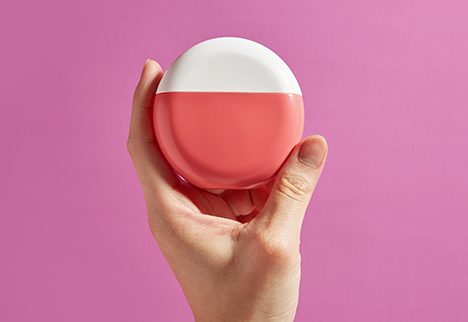

 English
English  français
français  Español
Español  italiano
italiano 